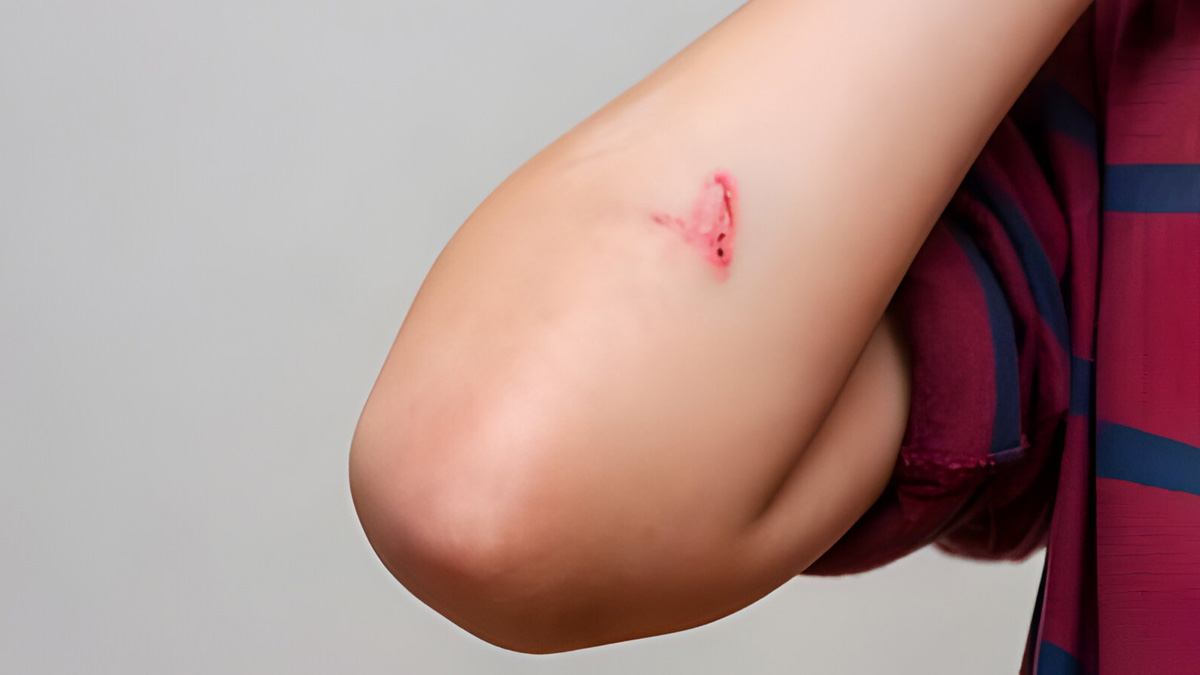
Cuts and bruises are common injuries that can occur anywhere in the body. In most cases, they heal on their own without any medical assistance. However, some types of wounds may require immediate attention as they can become infected and cause greater complications. While it is important to identify and spot an infected cut, it is even more crucial to prevent a wound from becoming infected in the first place. Speaking with the OnlyMyHealth team, Dr Kavita Varma, Consultant - General Surgery, Manipal Hospital, Baner, Pune, shares insights into the same.
Also Read: Healing Wounds: Try These Home Remedies To Treat Your Infected Wounds Naturally
Signs Of An Infected Cut

An infected cut should be identified as soon as possible, as it can not only stop the healing process but also worsen a person’s condition. Some of the common signs of an infected cut include:
- Increasing redness and swelling around the cut
- Pain or tenderness
- Warm the skin around the wound.
- Oozing pus, which is a thick yellow or white discharge
- An unpleasant smell from the wound
- Fever and chills
- Nausea and vomiting
What Puts You At Risk?
Various factors can increase your risk of infection from a cut. This usually depends on the type of cut you have suffered and your overall health condition.
According to the National Library of Medicine, some types of cuts that are more likely to become infected include:
- Bites
- Punctures
- Crush injuries
- Dirty wounds
- Wounds on the feet
- Wounds that are not promptly treated
Also Read: Do You Get Bruised Easily? Doctor Explains Possible Causes
Preventive Steps To Take

There are simple steps that can be taken to prevent cuts from getting infected in the first place. These include:
- Always clean the wound thoroughly with clean water and mild soap.
- Apply a gentle antibiotic ointment and cover it with a sterile bandage.
- Keep the area clean and dry, changing the bandage regularly.
- If the cut is deep or shows signs of infection, consult a doctor to ensure proper healing.
Here's what not to do in the case of a minor or severe cut:
- Do not assume that a minor wound is clean, and always wash it.
- Do not breathe on an open wound.
- Do not try to clean a major wound, especially after the bleeding is under control.
- Do not remove a long or deeply stuck object; instead, seek medical attention.
- Do not push or pick up debris from a wound.
- Do not push body parts back in; instead, cover them with clean material until medical help arrives.
Failing to attend to cuts or leaving an infected cut untreated can lead to various complications, including cellulitis, which is a bacterial infection of skin tissues, tetanus, sepsis, or even necrotizing fasciitis.
"It's important to monitor the cut for any signs of infection, such as increasing pain, redness, swelling, or pus. Refrain from picking at scabs or scratching the wound to prevent introducing bacteria and worsening the infection," says Dr Varma.
She adds, "If a person experiences fever, chills, or overall malaise, along with these symptoms, seek medical attention immediately."
How we keep this article up to date:
We work with experts and keep a close eye on the latest in health and wellness. Whenever there is a new research or helpful information, we update our articles with accurate and useful advice.
Current Version